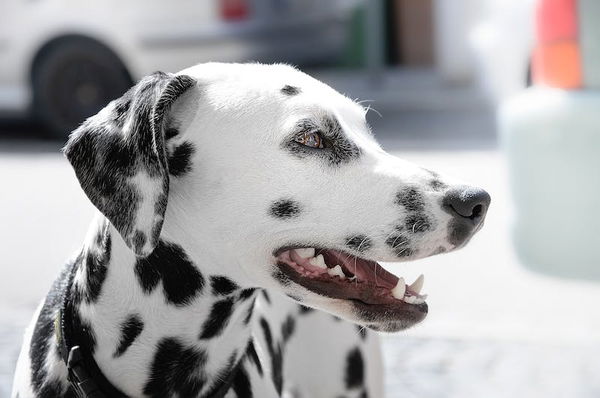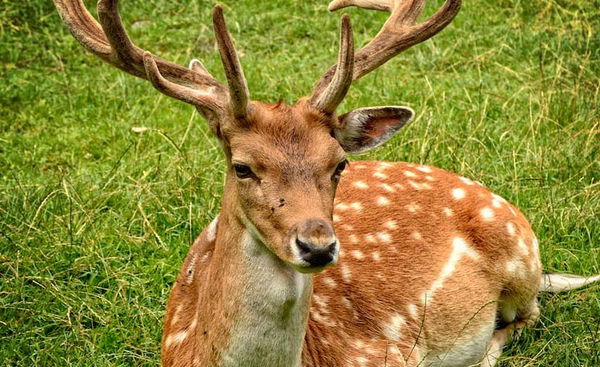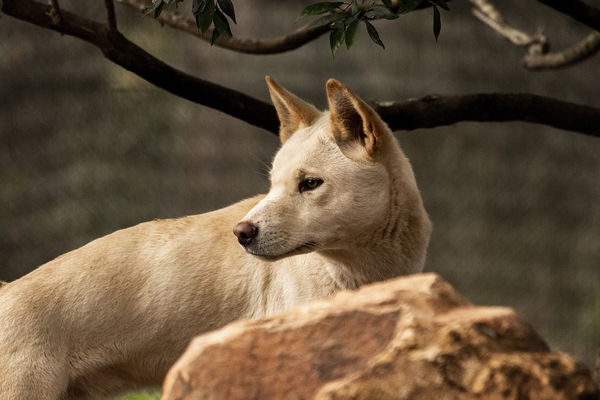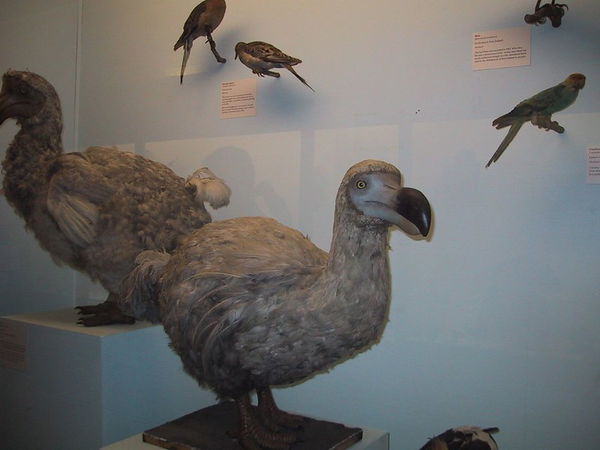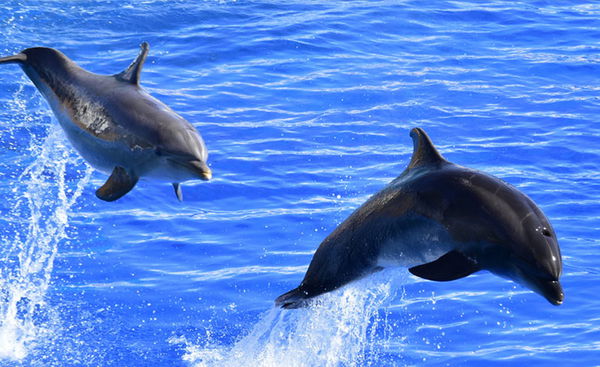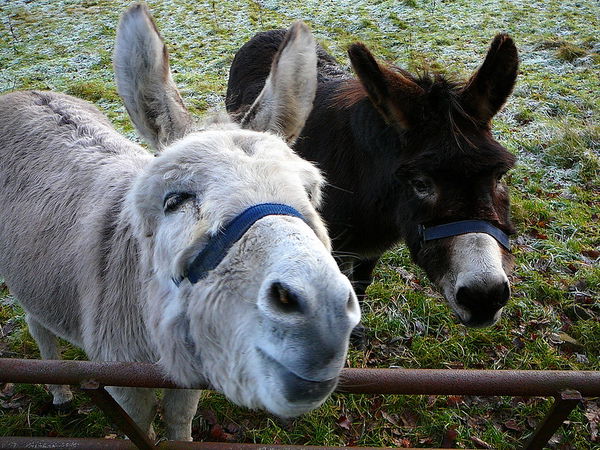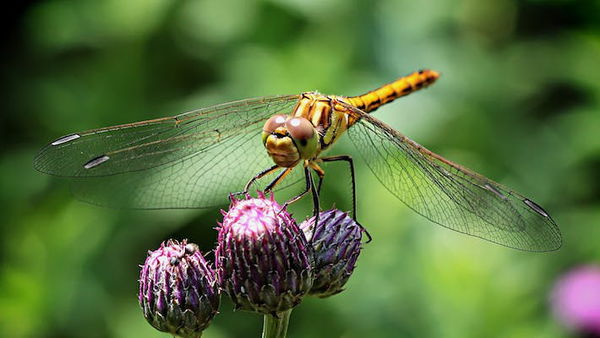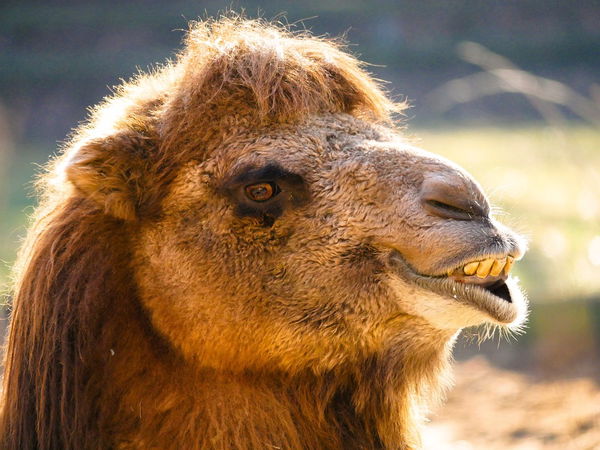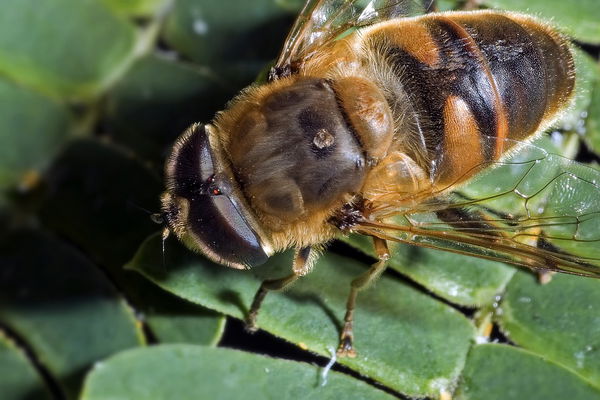The Dalmatian is a breed of dog originating from Croatia. It is known for its distinctive white coat with black spots, although there are also varieties with brown spots. Dalmatians are large and muscular dogs, with a short and shiny coat that requires little maintenance.
Dalmatians are known for being energetic and loyal dogs. They are very sociable and enjoy the company of their family, so they need to spend time with them and receive attention. In addition, they are very active dogs and need a lot of daily exercise to stay healthy and happy.
These dogs are also known for being good with children and have traditionally been used as firehouse dogs because of their bravery and dedication. However, they can also be stubborn and obstinate in their training, so early and consistent education is important.
